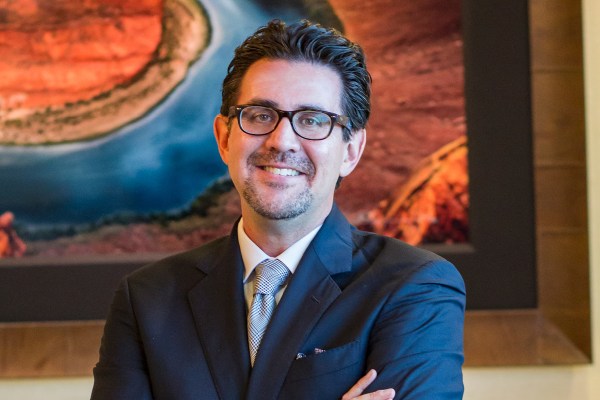
Twenty twenty-three was a year of tremendous economic success. Nationally, employment, gross domestic product, household incomes, consumer spending, corporate profits, manufacturing investment and construction spending were all at or near peak levels. Closer to home, Southern Nevada similarly posted record employment, retail sales, gaming revenue and airport passenger volumes as well as making notable gains in new business formation, wage and salaries growth, leisure and convention visitation and construction spending.
But, this prosperity has not come without a price.
At present, there are 65,100 people actively looking for work in Southern Nevada, well below the number of job openings. With labor in short supply, many businesses are hiring 10 people, paying them like they are 15 people and working them like they are 20 people. In 2023, more than 50 percent of U.S. workers reported feelings of exhaustion and burnout; and, making matters worse, the share of workers attempting to hold down multiple jobs has also risen to the highest level since September 2019.
Las Vegas may very well be the posterchild for overachievement. Between November 2023 and February 2024 Las Vegas will host the inaugural Las Vegas Grand Prix, the Pac 12 NCAA Football Championship, the National Finals Rodeo, the Las Vegas Bowl, a record New Year’s Eve celebration, the Consumer Electronics Show, and the Super Bowl. Add to that the opening of the Durango Casino & Resort, Fontainebleau Las Vegas, Blake Shelton’s Ole Red Las Vegas and a dizzying array of now standard concerts, residencies and sporting events. I have no idea how the staff at the Las Vegas Convention and Visitors Authority and Clark County Public Works or our legion of world-class hospitality workers will still be upright by the time we fill the city back up for March Madness.
And let’s not forget about our construction workers. At present, more than $30 billion in major projects are planned, proposed or actively under construction throughout the Las Vegas Valley. That figure does not include record outlays for road construction or all the remodeling and refurbishment that has gone on throughout the resort corridor to prepare the city for hosting major events. Oh, and the total number of construction workers: that currently stands at 84,800, about the same number that existed in 2008. Crews have been working around the clock to create the infrastructure of opportunity that drives our community’s economic vitality.
To be fair, some of this stress is structural and some is circumstantial as we adapt to a post-COVID environment where workers have more options, employers have higher expectations and side-hustles are ubiquitous. Additionally, if we are being truly honest with ourselves, we are also trying to have our cake and eat it too. We want all of the trappings that come with being among the most dynamic economies in the world, but we would just as soon live without the demands that same prosperity imposes on our working families and our community.
I believe psychologists refer to this as cognitive dissonance.
Alas, this dichotomy presents a significant challenge: how to maintain robust economic growth while ensuring that our workforce is not overburdened or undervalued. We are grappling with the need to cultivate a labor market that is both resilient and humane, one that recognizes the evolving expectations of workers and the realities of modern workplaces. This balancing act requires not only strategic planning and investment in workforce development but also a cultural shift in how we view work, success and prosperity. It is about creating a framework where economic dynamism coexists with quality of life, ensuring that as we stride towards being a top-tier economy, we don’t lose sight of the human element that is fundamental to sustainable growth and development.
Members of the editorial and news staff of the Las Vegas Review-Journal were not involved in the creation of this content.


